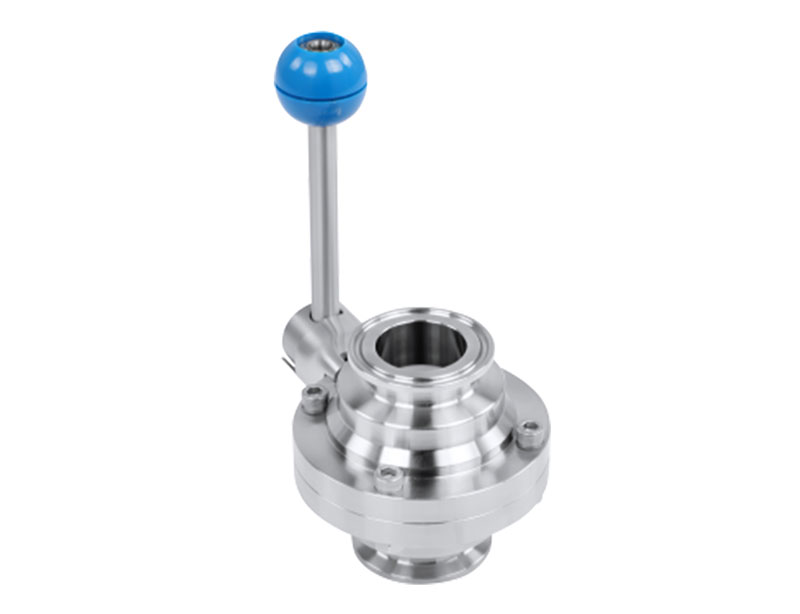 28 Sat 2024
28 Sat 2024
Ball valves and gate valves are both essential components in fluid control systems, but they operate differently and are suited for different applications. A ball valve uses a rotating ball with a hole in it to control flow, while a gate valve operates by raising or lowering a metal gate to start or stop the flow. Understanding their differences can help you choose the right valve for your needs.
Valves are critical in regulating the flow of fluids in piping systems. Whether it's water, gas, oil, or chemicals, valves ensure the proper flow and pressure of these substances. Among the many types of valves, ball valves and gate valves are widely used in various industrial and domestic applications.
Understanding the key differences between them can help in selecting the appropriate valve for specific needs.
A ball valve consists of a spherical ball with a hole, known as a "port," in the center. This ball rotates inside the valve body to control the flow of fluid. When the port aligns with the pipe, the valve is fully open, allowing fluid to pass. When the ball is rotated 90 degrees, the port is turned away from the flow path, completely blocking it.

* Key Features of Ball Valves:
* Common Uses of Ball Valves:
A gate valve, as the name suggests, operates by raising or lowering a metal gate (or wedge) inside the valve body. The gate moves vertically, and when fully lowered, it blocks the flow of fluid, creating a complete seal. When the valve is opened, the gate is lifted, allowing fluid to pass through.
* Key Features of Gate Valves:
* Common Uses of Gate Valves:
| Feature | Ball Valve | Gate Valve |
|---|---|---|
| Operation Type | 90-degree rotation | Linear motion (up and down) |
| Flow Control | Quick shutoff, ideal for on/off control | Precise flow control, ideal for fully open or closed states |
| Seal Quality | Excellent, minimal leakage | Less effective seal, may leak over time |
| Speed of Operation | Fast and efficient | Slow and labor-intensive |
| Usage | Ideal for quick shut-off and high-frequency operation | Best for large pipelines, low-frequency cycling |
| Cost | Typically more expensive | Generally more affordable |
* When to Choose a Ball Valve:
* When to Choose a Gate Valve:
While both ball valves and gate valves are essential for fluid control, they serve different purposes depending on the requirements of the application. Sanitary ball valves excel in situations requiring quick shutoff, high-pressure performance, and ease of use, while gate valves are better suited for applications that need slow and steady flow control over longer periods.
Understanding their differences ensures that you can choose the most appropriate valve for your specific needs, optimizing both performance and longevity in your systems.
By considering the unique features of ball and gate valves, you can make more informed decisions that improve the efficiency and reliability of your fluid control systems.
How to choose sanitary butterfly valves suitable for the food industry?
The Advantages of Manual Regular Butterfly Valves in Industrial Applications